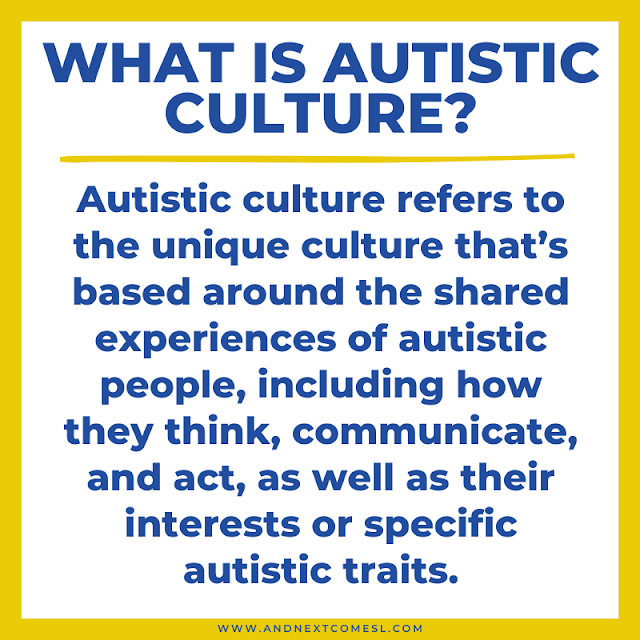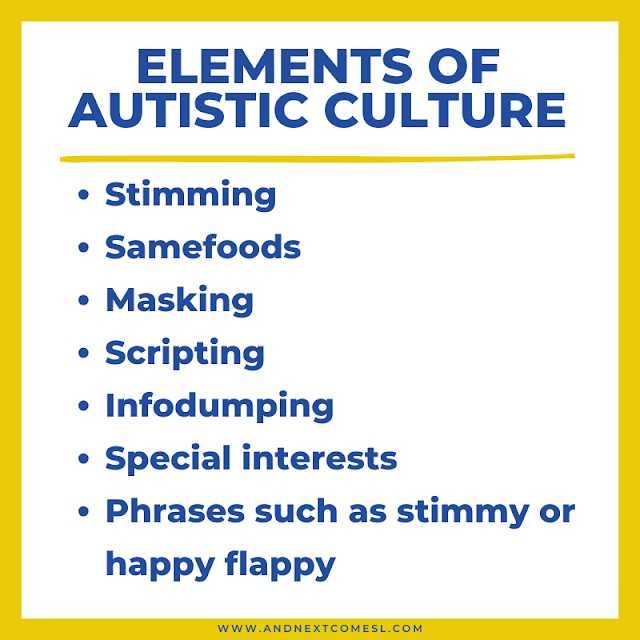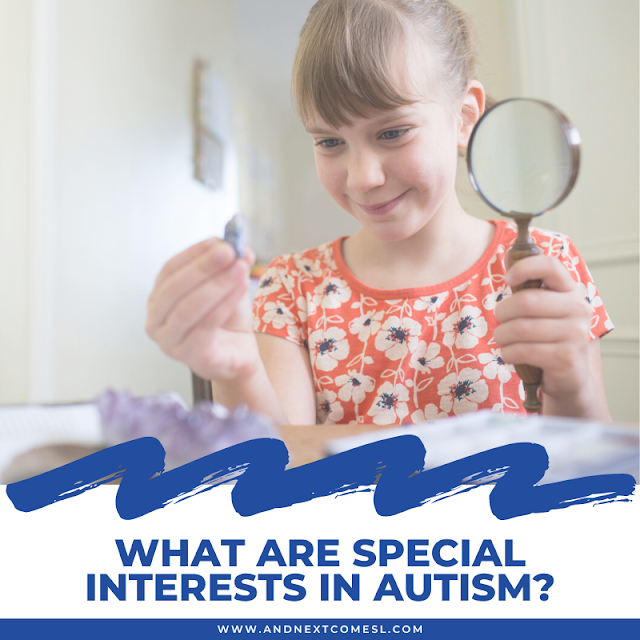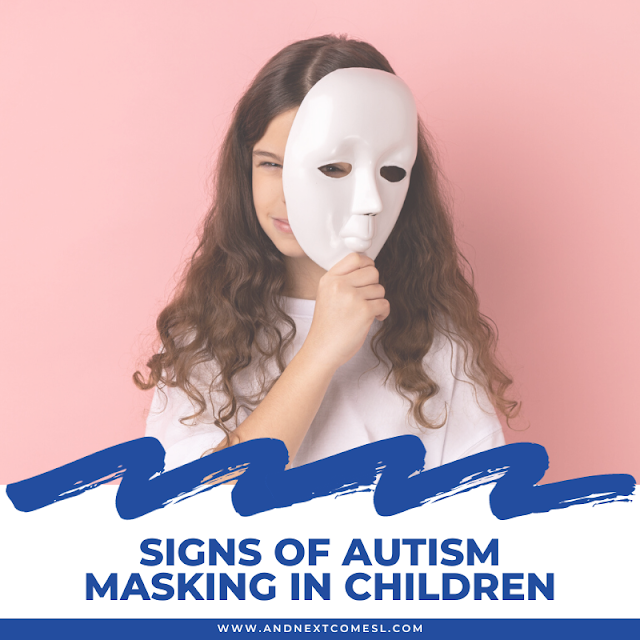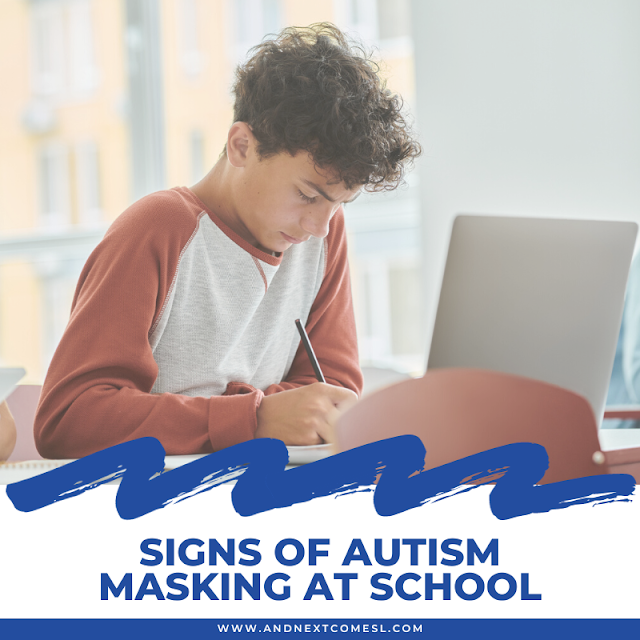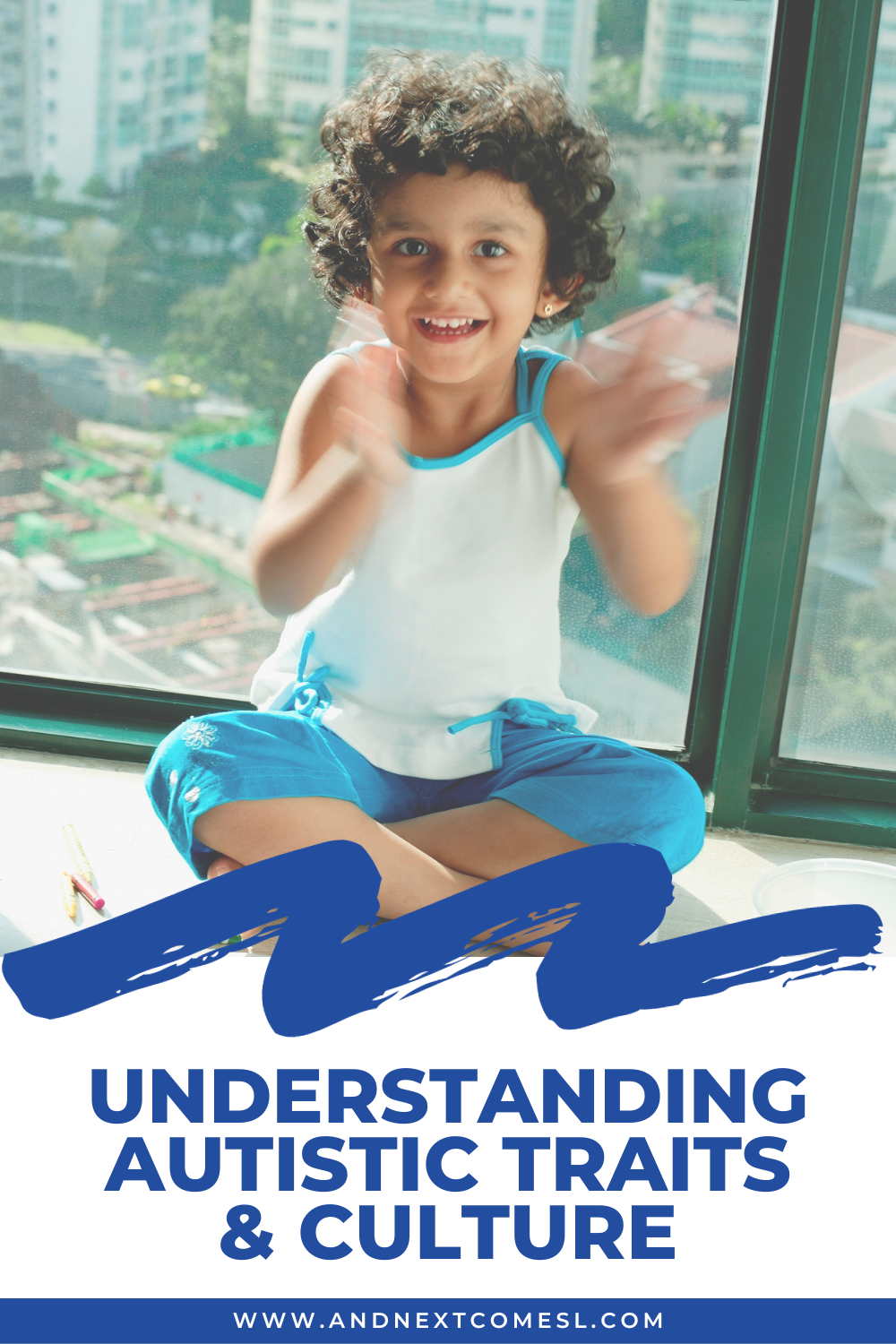When you start to learn about autism, you encounter a whole bunch of terms (and acronyms!) that might be new to you.
Words like samefoods and stimming.
Phrases like happy flappy hands.
Acronyms like IEPs (Individualized Education Program/Plan) and AA (Actually Autistic).
It can be a bit overwhelming at first to learn about all of this.
But learning about the shared experiences of autistic people is important. As is learning about various autistic traits. Why? Because it can lead to better support for the autistic individual and more acceptance, among many other things.
So let's take a deep dive into autistic culture. What is it exactly? And what are some of the specific autistic traits that you should know about? Well, you'll find resources on both autistic traits and autistic culture below.
This post contains affiliate links. Basically, I make a small commission when you use these links, at no additional cost to you.
What is Autistic Culture?
Autistic culture refers to the unique culture that's based around the shared experiences of autistic people, including how they think, communicate, and act, as well as their interests or specific autistic traits.
Think stimming, samefoods, masking, scripting, infodumping, and special interests, for example. They are all part of autistic culture. As are specific terms or slang for these different experiences (e.g., SpIn as a short-form for special interests; stimmy; happy flappy).
Sensory Processing: Sensory Overload, Meltdowns, & Autistic Shutdowns
This section is all about sensory processing and understanding your sensory profile and needs. In particular, you'll learn about patterns of sensory processing, sensory diets, sensory overload, meltdowns, and more.
Stimming Resources
Curious about stimming and what it is? That's what these resources are for. You'll learn more about what stimming is, different types of stimming, why it's beneficial, and more.
Special Interests or Passions & Infodumping
You've likely heard about special interests in autism before. They go by a lot of different names (some positive and some quite negative). Around here we like to simply call them interests or passions. Either way, most people know them as special interests so that's what you'll find in this section.
Masking & Camouflaging in Autism
Resources to help you better understand social camouflaging and masking in autism. You'll learn what masking is, the reasons behind masking, what masking looks like in adults and children, and so much more. There are also resources about unmasking in autism here as well.
Samefoods
Maybe you've noticed that your autistic child prefers to eat the same foods, brands, or flavors over and over. Well, that's what this section is all about.
Echolalia, Scripting, & Gestalt Language Processing
This section explores some aspects of authentic autistic communication. Topics include echolalia, scripting, and gestalt language processing.
Hopefully you found these resources for understanding autistic traits and autistic culture helpful.


